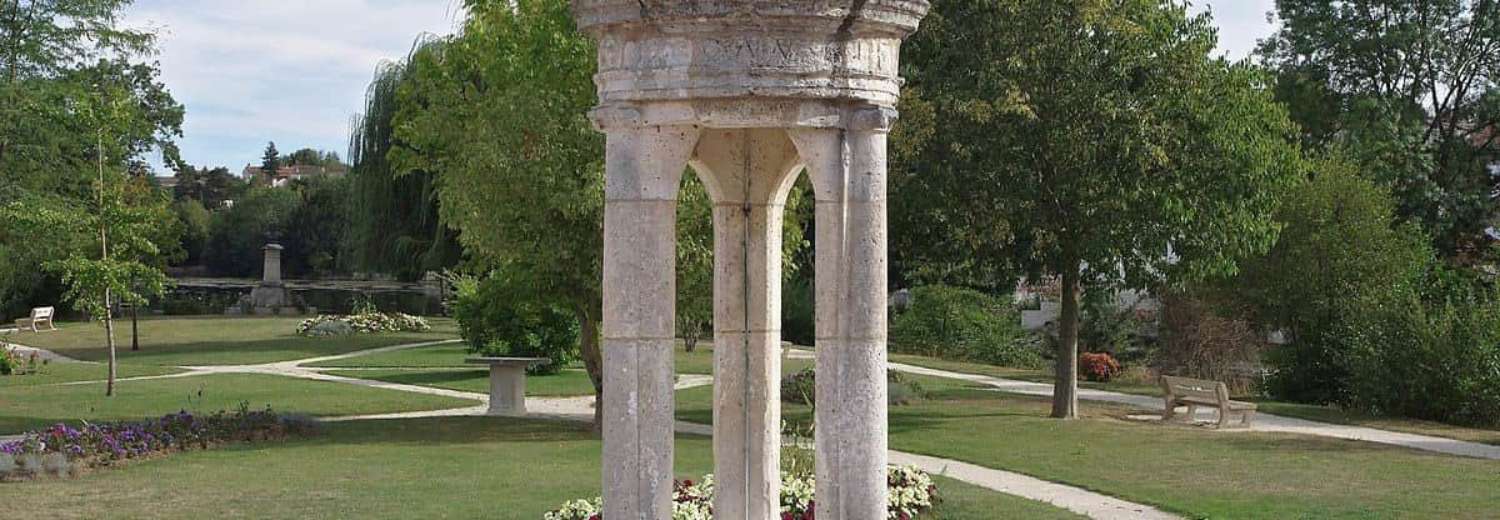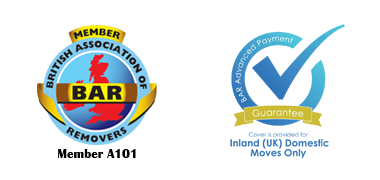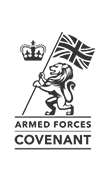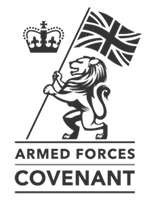GET A QUICK, FREE QUOTE
Rated 'Excellent'
on Trustpilot
ECMT International
Removals Permit
British Association
of Removers
Eco Friendly
Removals
Our Removals Service Includes…
For removals to and from Ruelle Sur Touvre.
Call Now 0808 175 1966
Ruelle Sur Touvre
Where a historic foundry with a proud military history still operates
Ruelle is a town three miles from Angoulême, towards Limoges. Nearly 8,000 people live here, surrounded by the hills and valleys in the beautiful Charente Department.
Limoges railway line crosses the town and Ruelle has a station with five services a day.
Ruelle has many neighbourhoods. The old town of Ruelle was made up of four old villages, the town, Maine-Gagnaud, the Pont and the Quartier neuf.
Important areas include Villement to the west, Seguins and Bel-Air to the south on the left bank of the Touvre, Fourville, Vesingade, Puyguillem (the Cité scolaire ), the Grands Champs, Vaugeline and Fissac on the right bank, and to the east of the town, the Riffauds.
Vaugeline was the testing ground for cannons forged at the foundry, and a small railway line connected it to the factory.
The town is flanked by the hills of Bel-Air, on the bank of the Touvre, and by the hillside of Villement, which separates the valley of the Touvre from that of the Viville stream.
Les Riffauds is an old hamlet which grew considerably bigger in the 1970s. It is high above sea level and offers a stunning view of the hilly terrain, Ruelle and the Angoulême area.
Fourvilles, Puyguillem, Great Fields and Vaugeline also overlook the Touvre, separated by valleys.
La Touvre crosses the town and supplies the foundry with a constant flow of water.
The foundry has a proud history which dates back to 1753, when the Marquis de Montalembert built a forge with two blast furnaces to make cannons for the Navy. It became became the Royal Foundry of the Navy in 1776.
The foundry produced the 400mm guns which crushed the superstructures of Fort Douaumont, which the Germans had captured during the First World War.
It is still operating today and employs hundreds of people.
There were once mills here – the mill Terrière was a paper mill in the 17th century. There was also an oil mill and a flour mill that closed at the end of the 20th century.
The mill Villement was a wheat mill, which was converted into a large forge in 1828, then became the Alamigeon paper mill which employed around 100 people in 1909 and around 40 today.
Other major employers are dotted around the town.
Sodatec, an installer in electronic transactions and communication technologies, employs 110 people.
The Amkey consulting company employs 75 people.
Ruelle has a shopping area and popular markets on Thursdays and Sundays. There is also an Intermarché on the outskirts of the town.
There’s plenty of sporting facilities here, with three gyms and three stadia. And there’s a cultural centre and a media library, hosting many exhibitions and events.
Alley also has a theatre with a capacity of 650 people.
Many historic structures are still to be found here, with the 16th century fountain François, the 17th century home of Fissac dating and the small parish church of Saint-Médard de Ruelle.
Ruelle Sur Touvre Village History
In the Middle Ages, Ruelle bore the name of a fiefdom under the seigneury of La Tranchade (Birot family).
Fissac belonged to the Tison d’Argence and the Duke of Montpensier retired there in 1568 after failing in his attempt to take Angoulême back from the Protestants. He was joined there by the future King Henri III.
The home of the Maine-Gagnaud, on the site of the current foundry, hosted Francis Ist on one of his visits to the sources of Touvre. He built a Renaissance fountain that still bears his name and is on display in front of the foundry.
In 1750 the Marquis de Montalembert bought a small paper mill on the Touvre, in Maine-Gagnaud on the site of the current foundry, and in 1782 made it one of the most beautiful forges in the kingdom. Iron ore was transported from Périgord and from the borders of Angoumois and the wood came from the nearby forests.
The road to Limoges descending from Les Favrauds to the foundry (the D 941) was built in 1778-1779. The road was later extended to Bel-Air and L’Isle-d’Espagnac, and the bridge dates from 1846.
In 1880 the foundry was augmented by the personnel of the foundry of Nevers, and the population of Ruelle expanded rapidly.
Removals service
Whatever your removal needs we can handle it – we’ve been moving people for nearly 50 years and know how to deal with any situation.
We are fully insured and have a great team to help reduce the stress of moving.
You can call us on 0800 917 1015 or email enquiries@armishaws.com for a quote.
Allow us to move you to or from anywhere in the UK or Europe. Our staff have been well trained in all aspects of moving homes and businesses.
Armishaws has held the BSEN 12522 certificate since 1999.
Why Choose Armishaws
- Any distance
- Any amount
- Global shipping
- Removals to France, Spain and Portugal
- Storage facilities
- Export wrapping and packing service,
- Family-owned since 1973
- Free survey and a same-day quote
Armishaws has depots all over the country, having taken over many other removals firms. While they have all kept their own branding, you can tell it’s an Armishaws company by the stellar service!
For Free Advice and a Quotation call 0800 917 1015
Why move to Ruelle Sur Touvre?
There are, according to other expats, lovely people here, with lovely countryside, easy access to the airport at Limoges and an ‘excellent’ medical service. The weather is sunny – much sunnier than the UK – without being harsh.
Properties in Ruelle Sur Touvre
Properties here are incredibly reasonable, with flats around the £50k mark and townhouses from £100k. Check www.rightmove.co.uk for homes available.
Schools near Ruelle Sur Touvre
The Cité scolaire is in Puyguillen and there is a secondary school here, plus a high school. There are two elementary schools, three nursery schools and a popular university.














